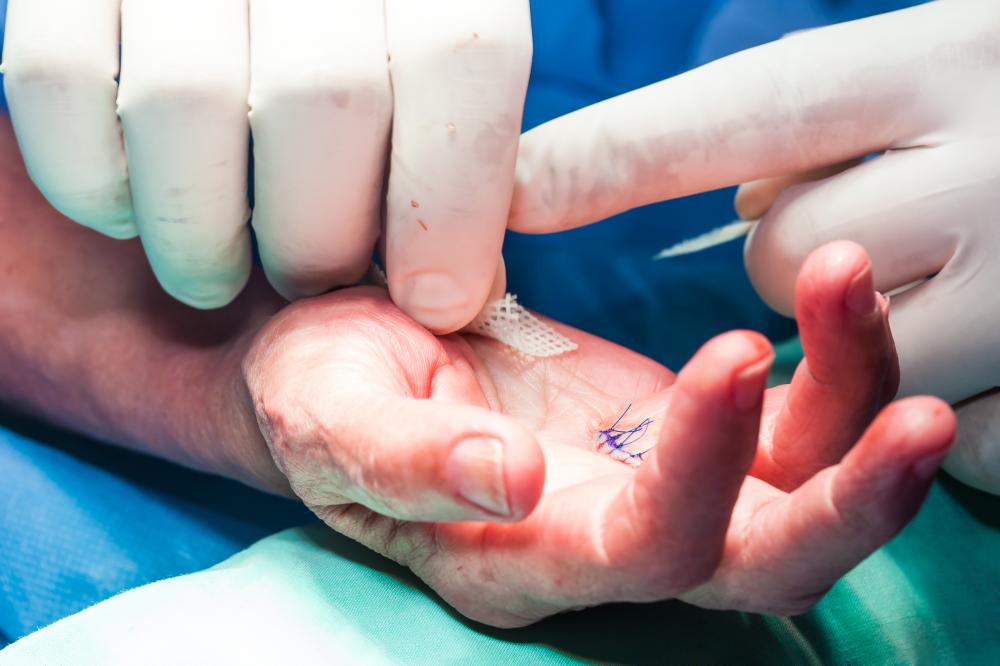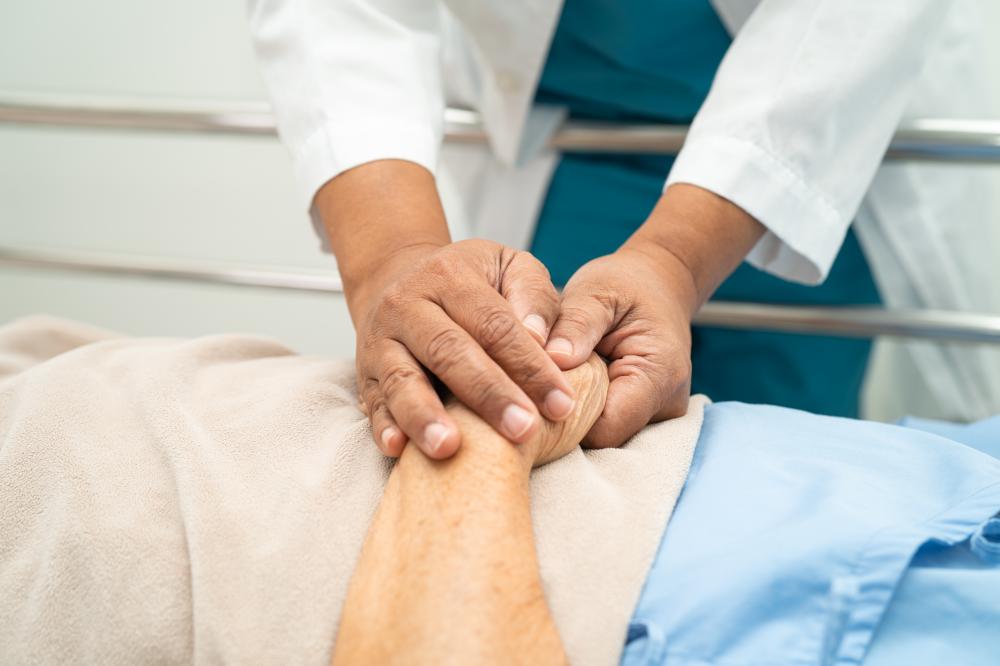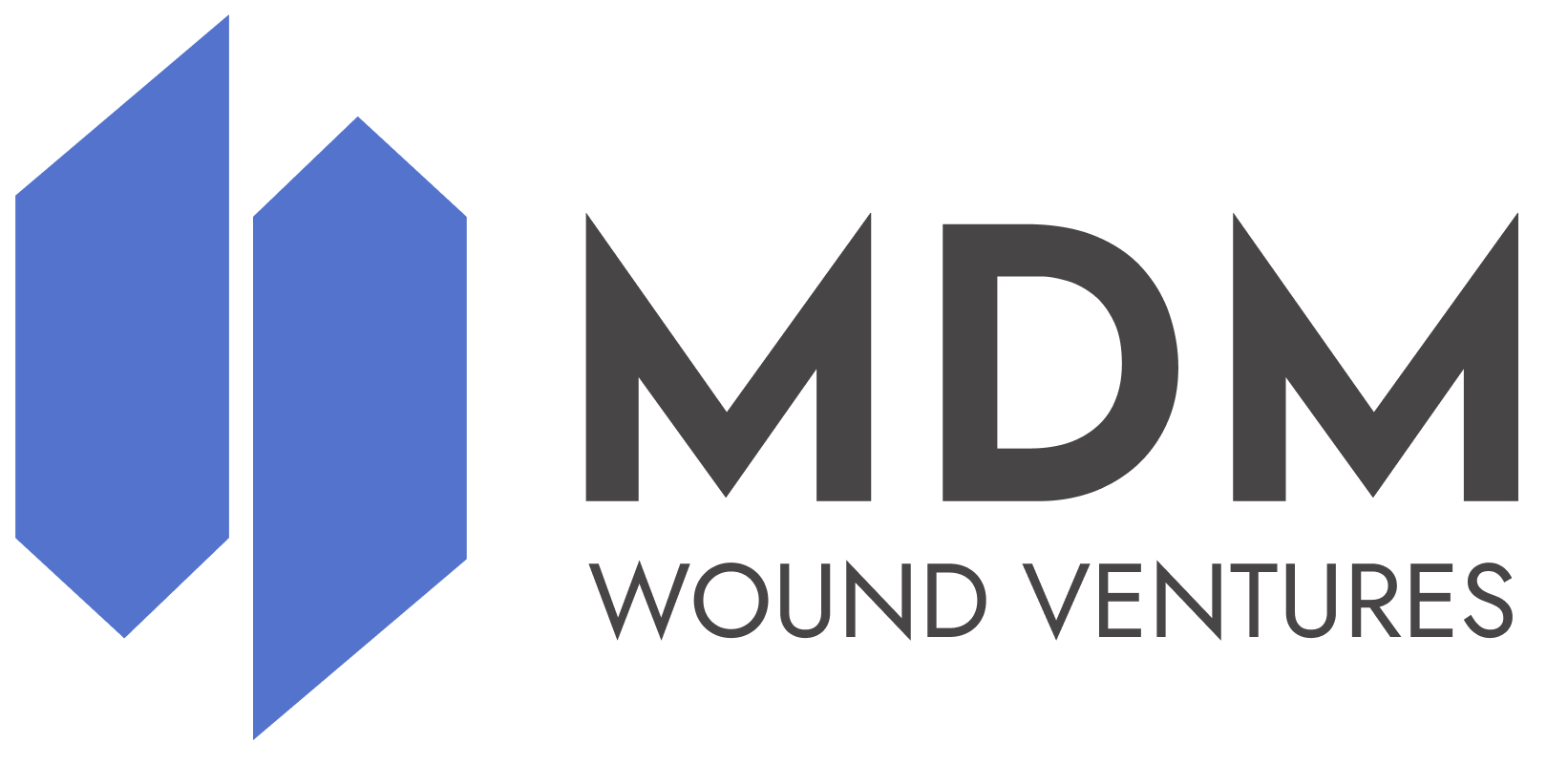Table of Contents
Understanding Sharp Debridement

As we, at MDM Wound Ventures, delve into the world of wound care, sharp debridement stands out as a critical procedure. It’s a process which involves the meticulous removal of necrotic tissue, foreign materials, and debris from a wound bed. We harness our expertise and resources, including the EZDebride tool, to perform this task efficiently, which is paramount in initiating the healing process.
Sharp debridement is not just a mechanical task; it’s a skilled art that requires an in-depth understanding of wound anatomy, physiology, and the intricate balance within the healing environment. Through years of experience, we’ve come to appreciate the subtleties of this practice, tailoring our approach to each patient’s unique needs.
Our professional encounters emphasize that sharp debridement can dramatically reduce bacterial burden and advance the wound healing timeline. It’s a technique that, when mastered, can transform a stagnant wound into one that is vibrant and actively healing.
Patient Comfort and Debridement
At MDM Wound Ventures, the patient’s comfort is a cornerstone of our approach. Sharp debridement, by its nature, can be an uncomfortable procedure. However, our commitment to patient-centric care has led to innovations like the OTC WOUND KIT, which prioritizes ease of use and minimizes patient distress.
Every sharp debridement tool and technique we employ is designed with an empathetic understanding of the patient’s experience. We strive to reduce both physical and psychological discomfort, providing reassurance and support throughout the debridement process.
Advanced Technologies in Debridement
In the realm of wound care, technology propels us forward. MDM Wound Ventures prides itself on pioneering products like EZDebride, which showcases our innovative spirit. This device enables clinicians to perform sharp debridement with precision, speed, and safety, redefining the standard of care.
Innovation, however, doesn’t halt at the product design. Our approach encompasses the entirety of the debridement process, integrating advanced techniques that consider wound etiology and patient history.
Indeed, employing cutting-edge solutions extends beyond the mere act of debridement; it’s about embracing a philosophy that every wound has the potential to heal. This mindset drives our continuous quest for technological advancements.
Our commitment is not to rest on our laurels. The field of wound care is ever-evolving, and so too are our efforts. We’re constantly seeking, analyzing, and applying the latest research to ensure our technology remains at the forefront. It’s a relentless pursuit fueled by a simple truth: better technology equates to better patient outcomes.
Collaboration for Better Outcomes
Sharp debridement is not a solitary endeavor. Interdisciplinary collaboration is the lifeline of successful wound management. At MDM Wound Ventures, we advocate for an integrated team approach, bringing together professionals from various disciplines to contribute their expertise.
Over the years, we’ve seen the profound impact that a cohesive interprofessional team can have on wound care. When surgeons, nurses, physical therapists, and dietitians join forces, the result is a well-rounded strategy that addresses all facets of the patient’s wellbeing.
This spirit of collaboration extends to the patient themselves, who are the central figures in their own healing journey. By actively involving them in the decision-making process, we ensure that the treatment plan is not only clinically sound but also personally resonant.
Evolving Practices in Debridement
Sharp debridement, like any medical practice, is not immune to change. At MDM Wound Ventures, we embrace the dynamic nature of wound care, staying attuned to emerging practices and integrating them into our protocols.
One area where we’ve seen significant evolution is in the decision-making process of when to perform sharp debridement. It’s a delicate balance, weighing factors such as the wound’s chronicity, the presence of infection, and the patient’s overall health status.

Our practice is informed by a wealth of experience and a robust body of research. We recognize the importance of staying agile, ready to adapt our methods as new evidence comes to light.
Personal Experience with Sharp Debridement
Throughout my time at MDM Wound Ventures, I’ve had the privilege of witnessing first-hand the transformative power of sharp debridement. I recall a patient whose chronic wound refused to heal, looming as a source of despair. It was only when we skillfully employed sharp debridement that we saw a turning point in their recovery.
This experience, among countless others, has solidified my belief in the vital role that sharp debridement plays in wound care. It’s the moment where a stagnant wound begins its revival, a testament to the skill and dedication of the clinician.
In my career, these moments of breakthrough are a profound reminder of why we do what we do. They instill a sense of purpose and drive us to continue innovating, learning, and improving our craft.
Global Outreach and Education
At MDM Wound Ventures, we’re conscious that sharp debridement doesn’t operate in a vacuum. Our mission extends to a global stage, where we endeavor to educate and support clinicians worldwide.
Through workshops, seminars, and hands-on training sessions, we disseminate our knowledge of sharp debridement, aiming to elevate the standard of care globally. Our reach is far, though our attention to individual needs is meticulous.
We believe that knowledge is a vessel for change, and by sharing our expertise, we not only enhance the capabilities of healthcare professionals but also improve the lives of patients across continents.

What are the different types of debridement?
When we talk about debridement, there are fundamentally four types that we consider in the wound care field. Sharp debridement, which is our specialty at MDM Wound Ventures, involves the use of tools like scalpels or our own EZDebride device to precisely remove necrotic tissue. Autolytic debridement, on the other hand, utilizes the body’s natural processes and often involves the application of dressings that maintain moisture to facilitate tissue breakdown. Enzymatic debridement uses chemical agents to break down dead tissues, while mechanical debridement might involve methods such as wet-to-dry dressings or irrigation to physically remove debris from the wound bed. Each type has its place, but our focus on sharp debridement is due to its efficiency and immediate impact on wound healing.
Is debridement considered a major surgery?
Debridement can vary greatly in scale and complexity. Some cases of sharp debridement are performed as minor, in-office procedures that do not require general anesthesia. These tend to be less invasive and have quicker recovery times. However, for more extensive wounds, debridement may be carried out in an operating room setting under regional or general anesthesia, which could be considered major surgery. At MDM Wound Ventures, we understand the importance of balancing patient comfort with effective intervention, and we often work to minimize the invasiveness of debridement whenever possible.
How painful is the debridement surgery?
Sharp debridement can involve some discomfort, but the level of pain experienced by patients can vary widely. Our priority at MDM Wound Ventures is to minimize pain and stress for the patient, which is why we employ the most advanced techniques and tools, like our OTC WOUND KIT. We also work closely with medical providers to ensure appropriate pain management strategies are in place during and after the procedure. It’s about delivering not just a successful clinical outcome but also a humane and compassionate patient experience.
What defines aggressive surgical debridement?
Aggressive surgical debridement refers to a thorough and sometimes extensive removal of dead, damaged, or infected tissue. This can be necessary in cases where the wound is particularly severe or life-threatening, such as with certain infections or in diabetic foot ulcers where there’s a risk of systemic issues. In my career, I’ve seen how essential an assertive approach can be for the patient’s recovery. That said, our approach at MDM Wound Ventures is always measured and mindful, prioritizing the patient’s overall health and recovery prospects.
What are the primary benefits of sharp debridement?
Sharp debridement offers several key benefits, including immediate removal of unhealthy tissue, which can reduce the risk of infection and promote faster healing. It also allows for a thorough assessment of the wound, giving healthcare professionals a clearer view of its depth and severity. I’ve witnessed cases where sharp debridement has been the turning point in a patient’s healing journey, transforming a non-healing wound into one that begins to recover. Furthermore, by using precision tools like EZDebride, we ensure that the procedure is as safe and efficient as possible, leading to better outcomes for our patients.
How does MDM Wound Ventures ensure clinicians are proficient in sharp debridement?
Proficiency in sharp debridement comes with experience and training. At MDM Wound Ventures, we take this very seriously. We host seminars and workshops to train clinicians in the use of sharp debridement tools and techniques. Our collaboration with healthcare professionals extends to sharing our knowledge through hands-on demonstrations and continuous education programs. After all, a clinician’s skill in sharp debridement directly correlates to improved patient outcomes, and that’s what drives us to focus on education as much as we focus on innovation.
How does patient involvement affect the debridement process and outcomes?
At MDM Wound Ventures, we firmly believe that involving patients in their treatment plans fosters a sense of agency and can lead to better health outcomes. When patients understand the why and how of sharp debridement, they’re more likely to be active participants in their care, which can improve adherence to treatment protocols. We have seen this collaboration lead to not only clinical success but also emotional and psychological benefits for patients, making them central figures in their healing journeys.
Resources
- American Podiatric Medical Association: Offers insights into various treatments for wound care and debridement techniques. https://www.apma.org/
- MedlinePlus, a service of the U.S. National Library of Medicine: Provides patient education on wound care and debridement. https://medlineplus.gov/
- WoundSource: A clinically-reviewed guide to wound care products and supplies for healthcare professionals. https://www.woundsource.com/
- The Wound Institute: Provides educational resources for healthcare professionals regarding wound management. https://www.thewoundinstitute.com/
- National Pressure Ulcer Advisory Panel (NPUAP): Contains resources on best practices for wound prevention and care. http://www.npuap.org/
- Agency for Healthcare Research and Quality (AHRQ): Offers guidelines and resources for effective healthcare including wound care management. https://www.ahrq.gov/
- World Health Organization (WHO): Provides global health information and guidelines, which include care practices for wounds and injury. https://www.who.int/
- Centers for Disease Control and Prevention (CDC): Offers health information and resources on infection control and prevention, which is an important aspect of wound care. https://www.cdc.gov/

